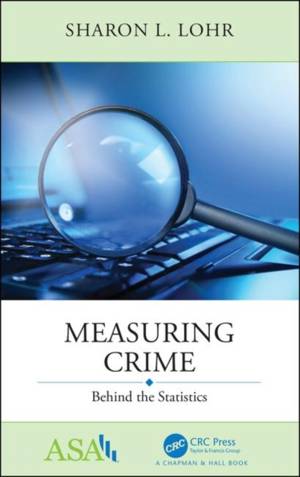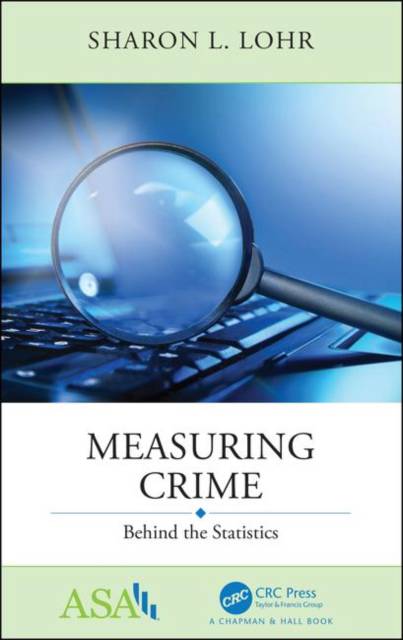
- Afhalen na 1 uur in een winkel met voorraad
- Gratis thuislevering in België vanaf € 30
- Ruim aanbod met 7 miljoen producten
- Afhalen na 1 uur in een winkel met voorraad
- Gratis thuislevering in België vanaf € 30
- Ruim aanbod met 7 miljoen producten
Zoeken
Omschrijving
Every day, newspapers, magazines, web sites, and social media feature articles about the prevalence of crime. Some of these contradict each other; others use inaccurate statistics. Many people who see wildly diverging statistics conclude that no statistics should be trusted. However, the essence of the statistical discipline is that all statistics should be accompanied by a measure of their accuracy. This book looks at crime statistics from a statistical point of view, and evaluates the different sources of crime statistics with respect to completeness (i.e. missing data), measurement error, and sampling variability. The goal of the book is to promote statistical reasoning about statistics.
Specificaties
Betrokkenen
- Auteur(s):
- Uitgeverij:
Inhoud
- Aantal bladzijden:
- 166
- Taal:
- Engels
- Reeks:
Eigenschappen
- Productcode (EAN):
- 9781138489073
- Verschijningsdatum:
- 29/03/2019
- Uitvoering:
- Paperback
- Formaat:
- Trade paperback (VS)
- Afmetingen:
- 137 mm x 213 mm
- Gewicht:
- 249 g

Alleen bij Standaard Boekhandel
+ 103 punten op je klantenkaart van Standaard Boekhandel
Beoordelingen
We publiceren alleen reviews die voldoen aan de voorwaarden voor reviews. Bekijk onze voorwaarden voor reviews.











